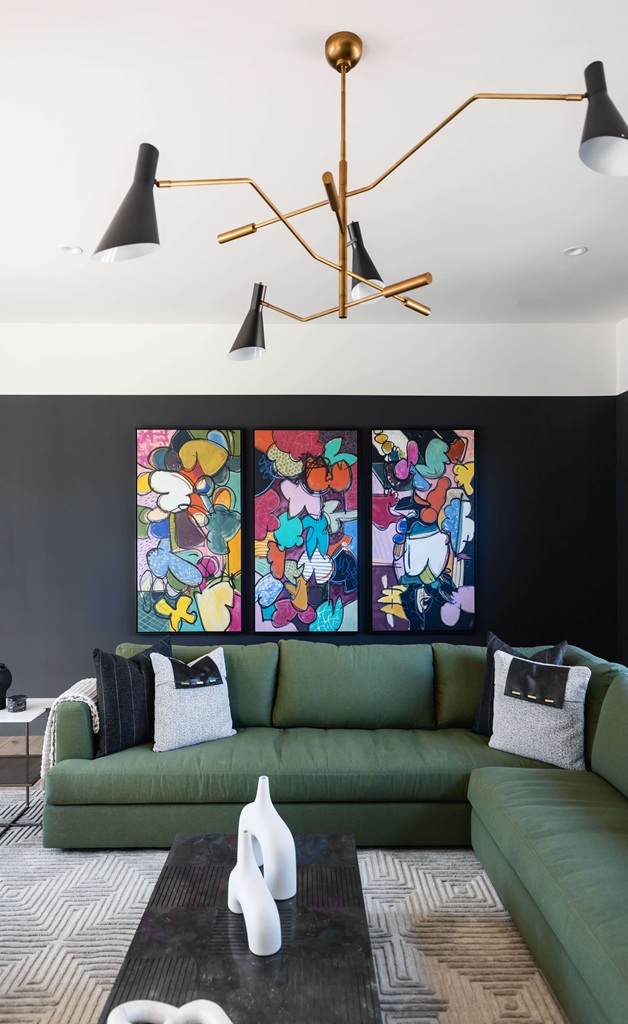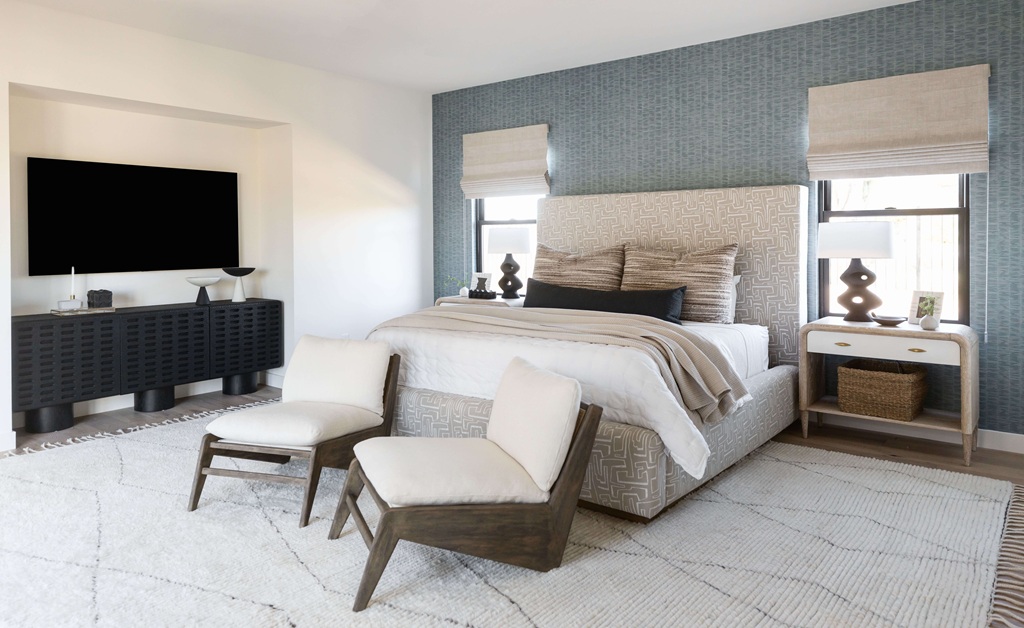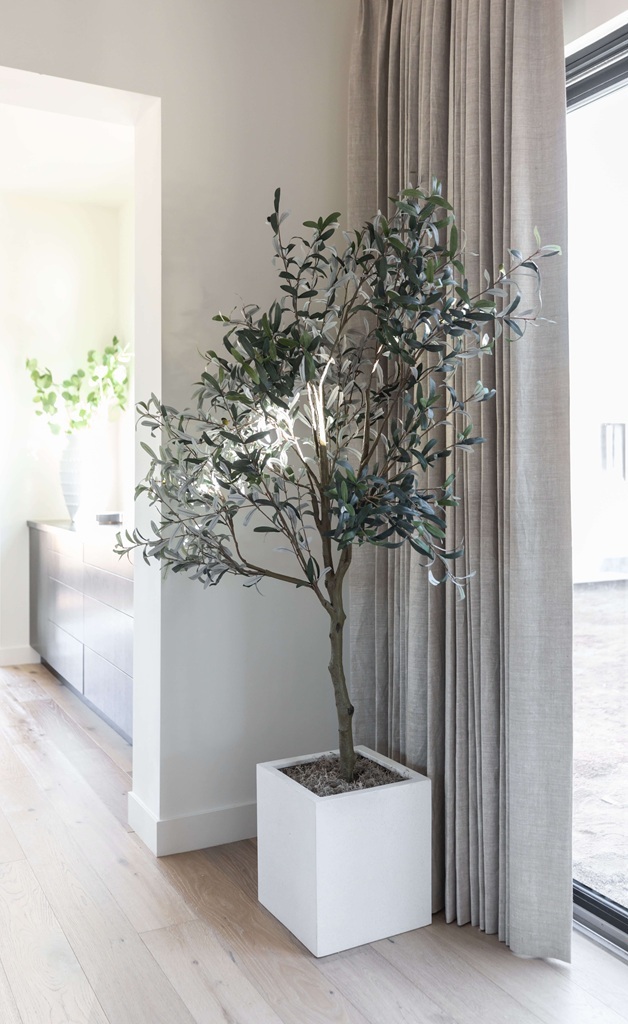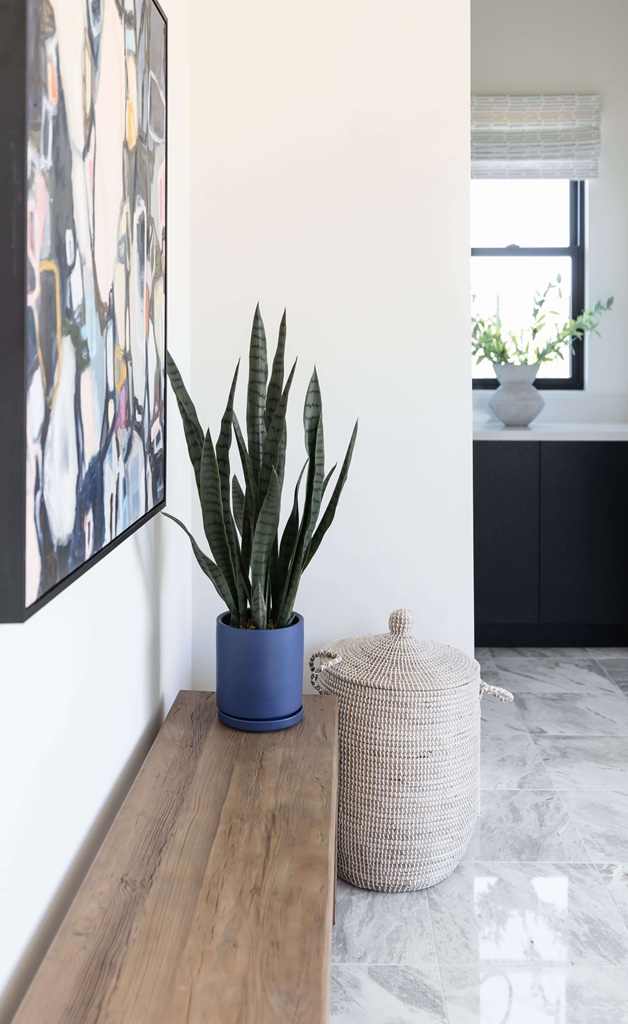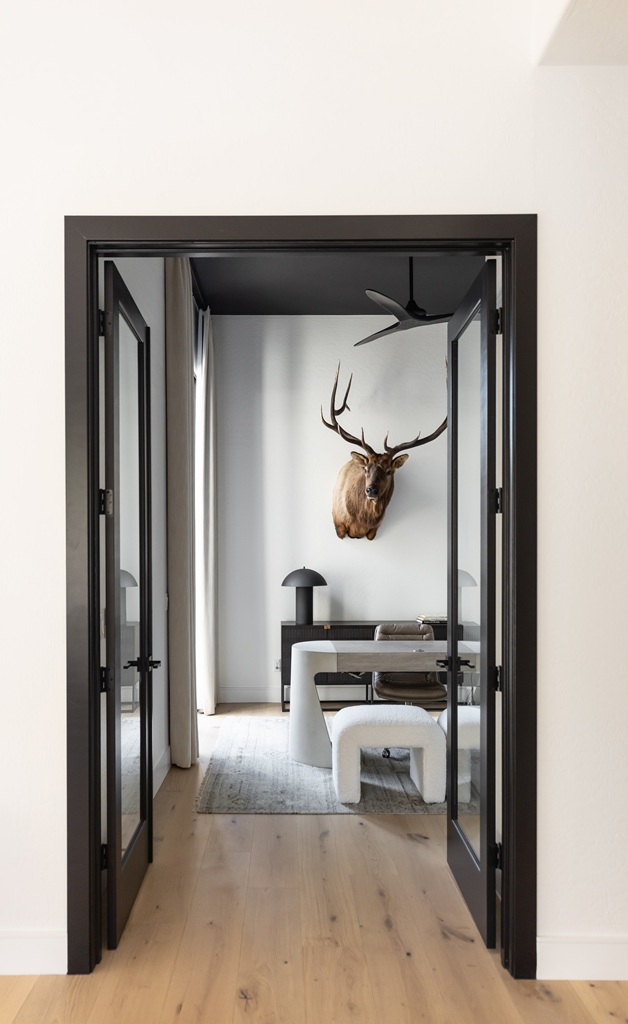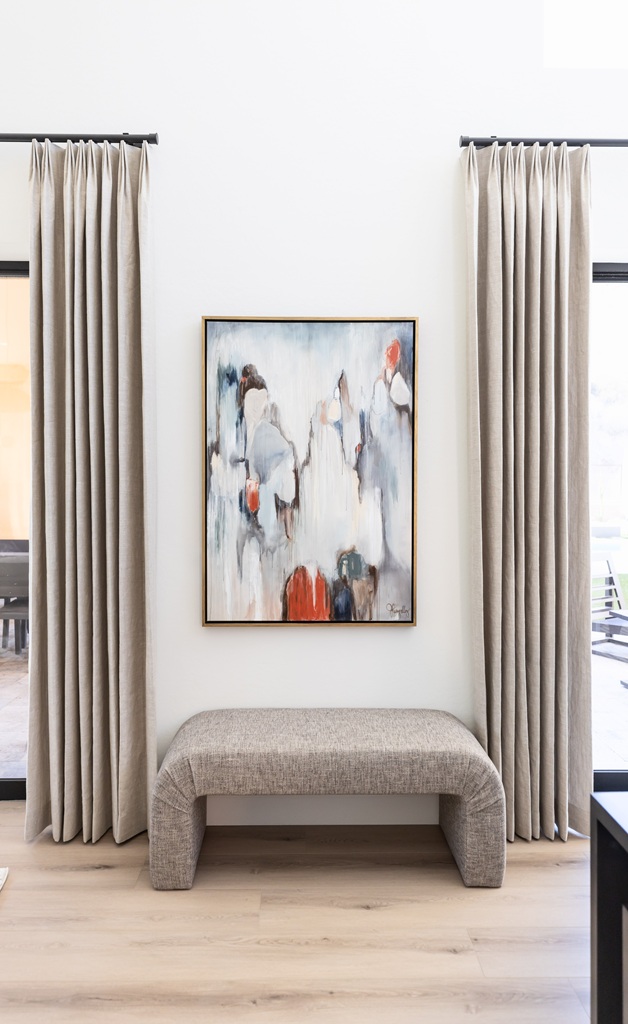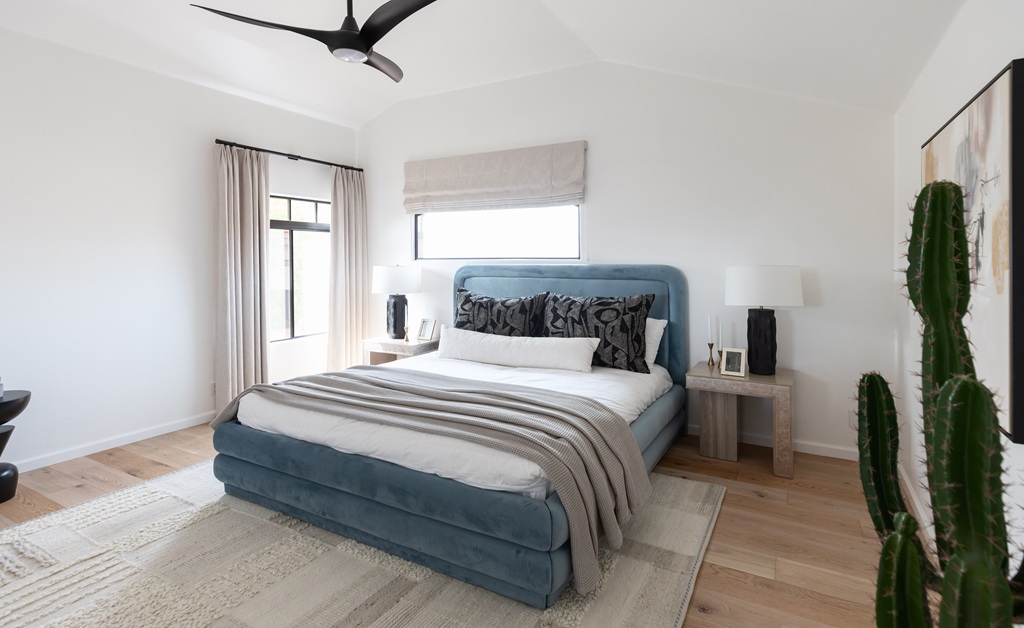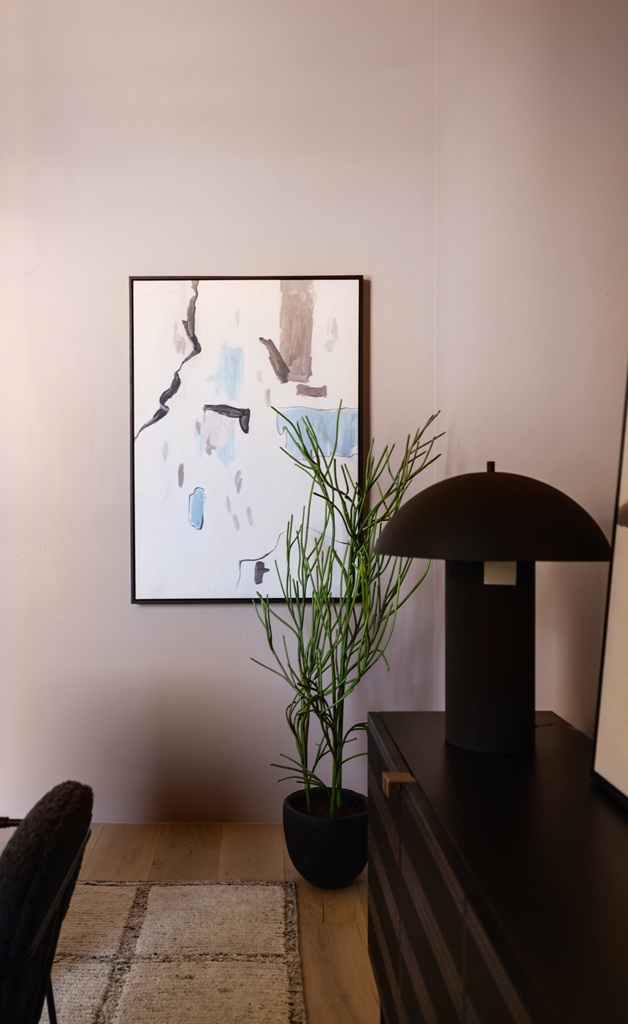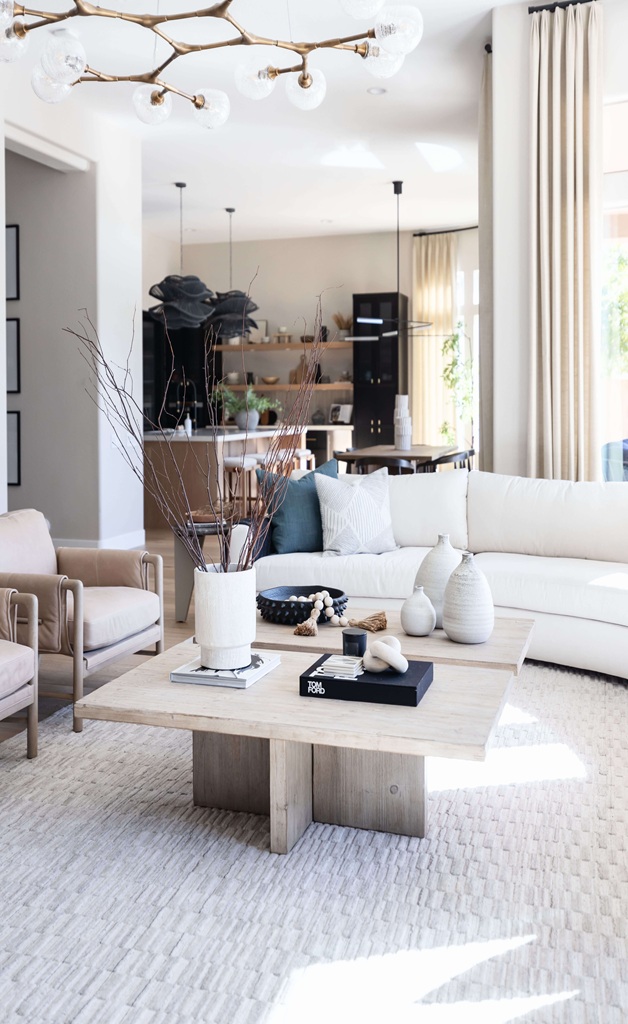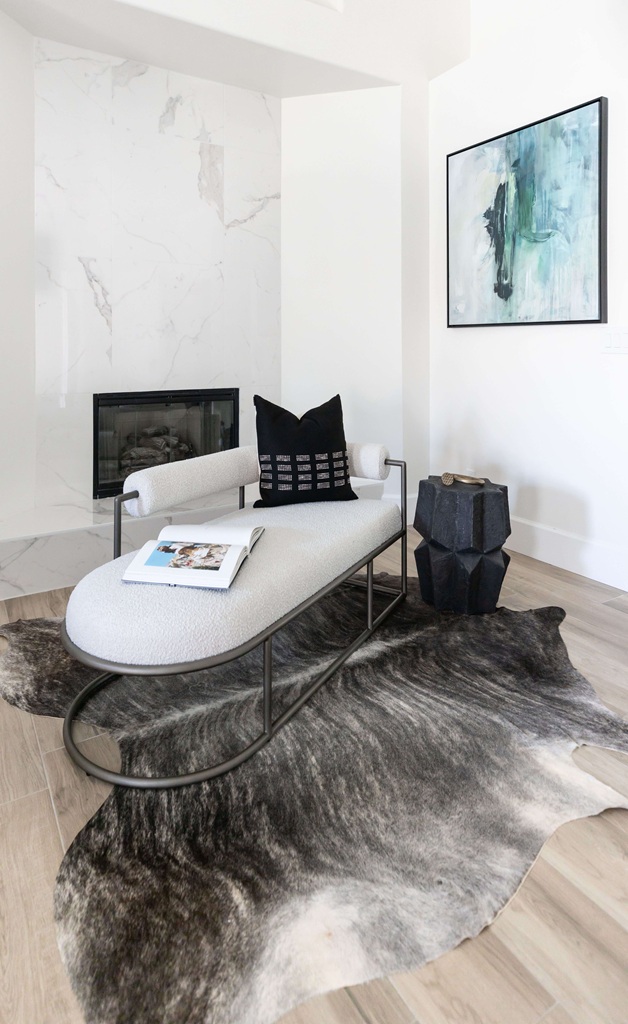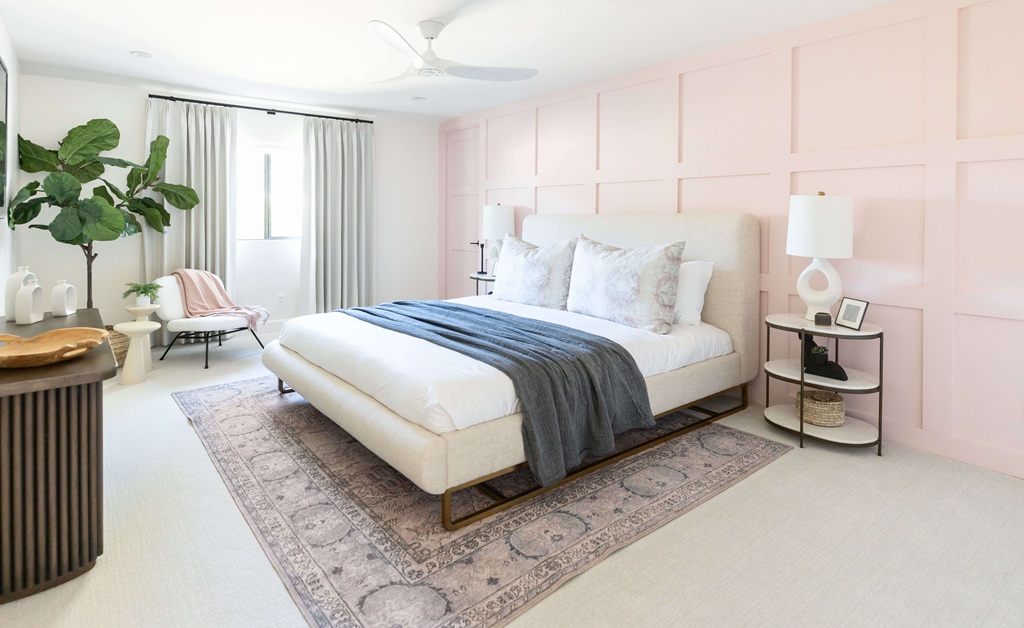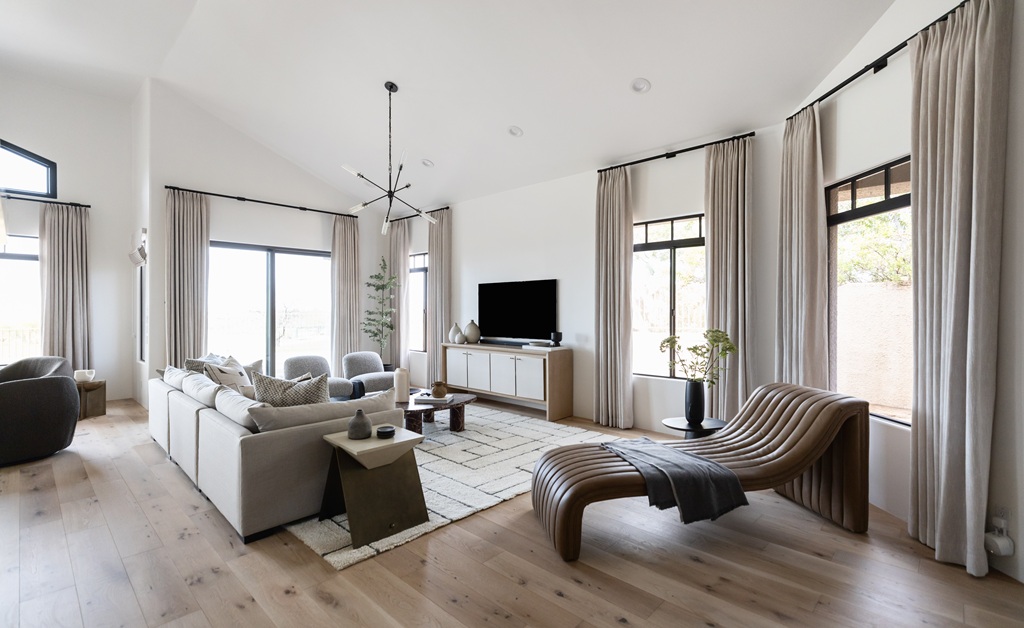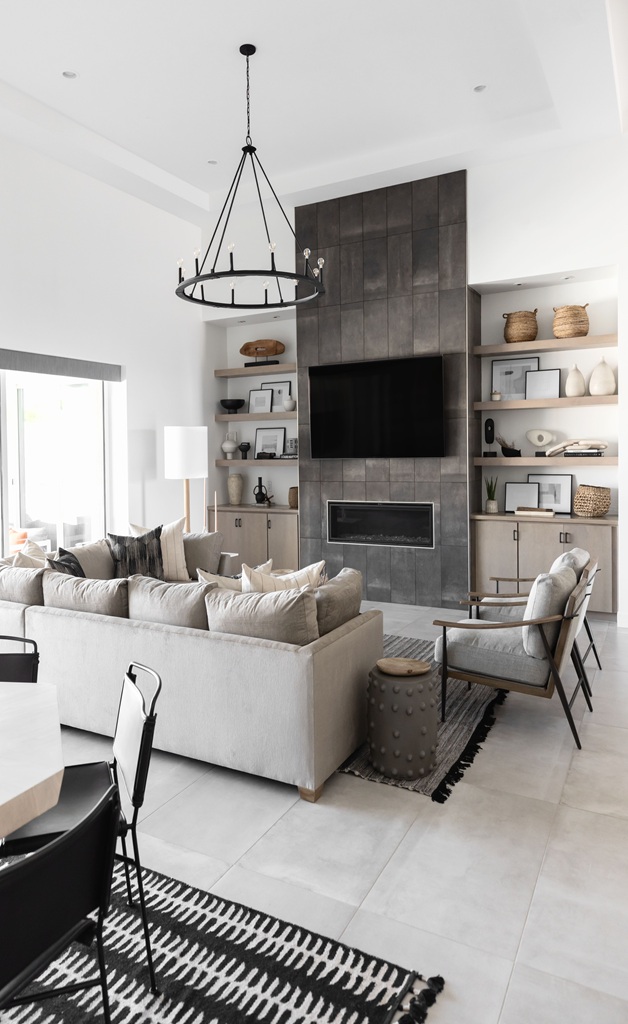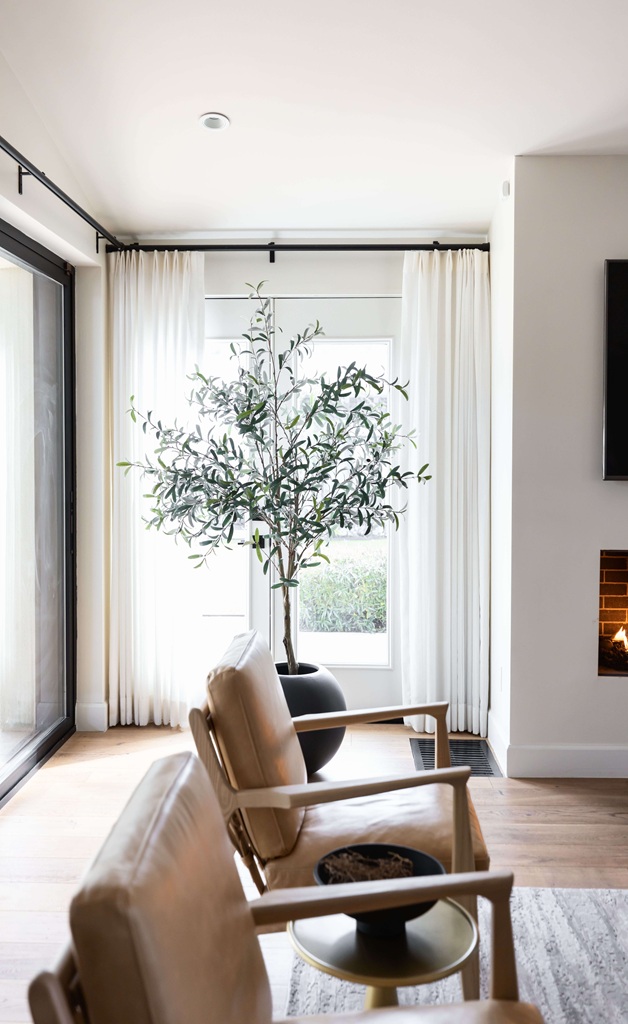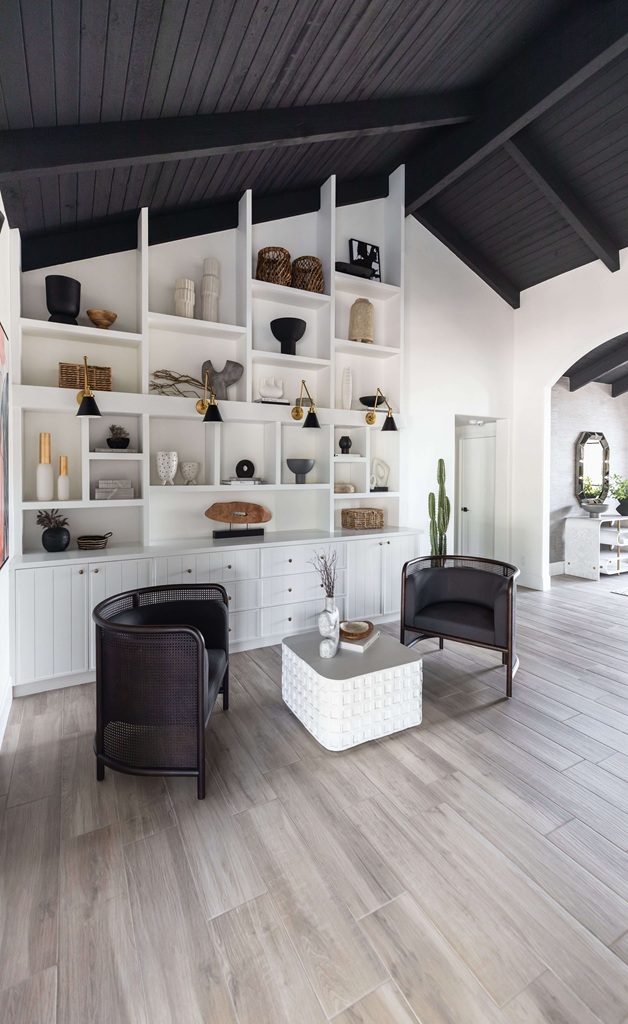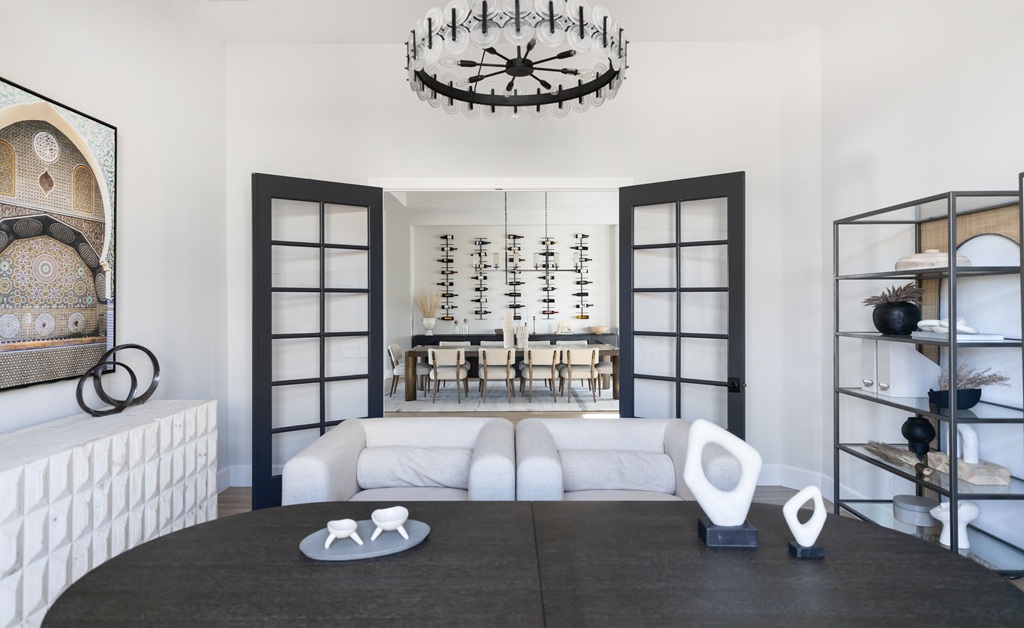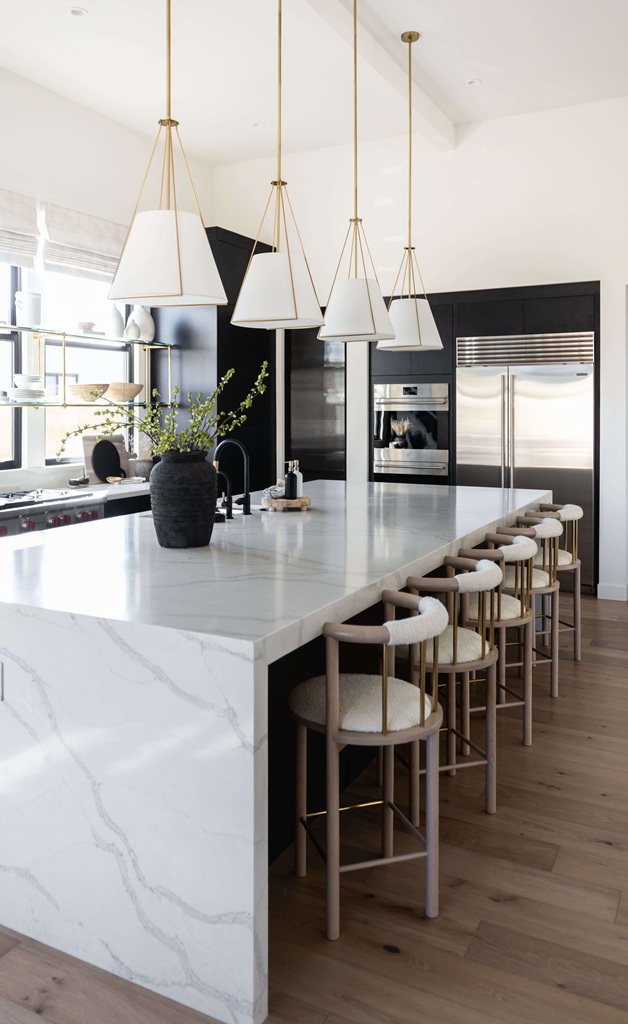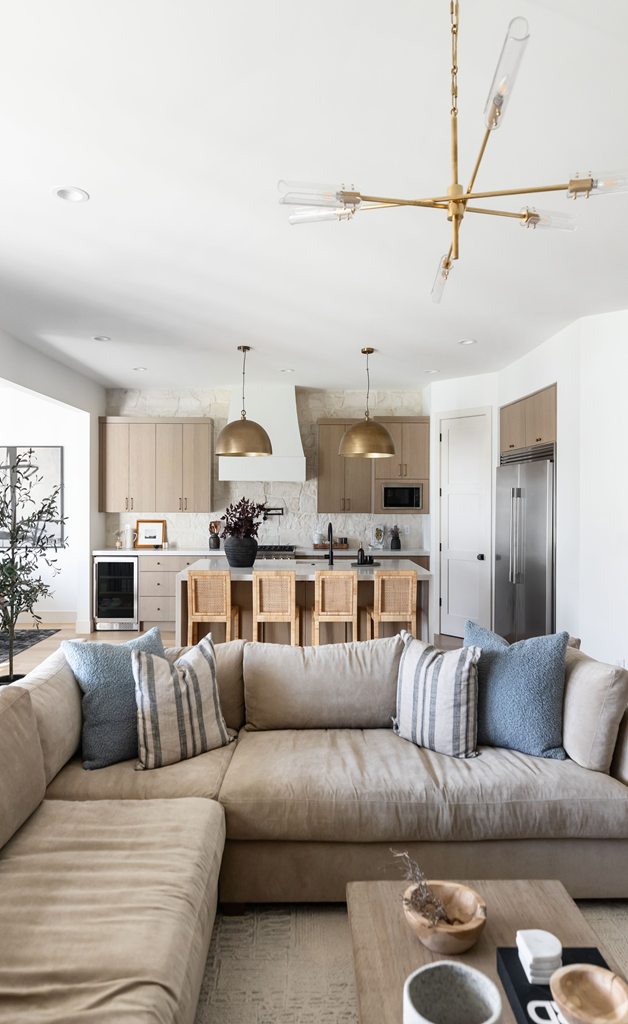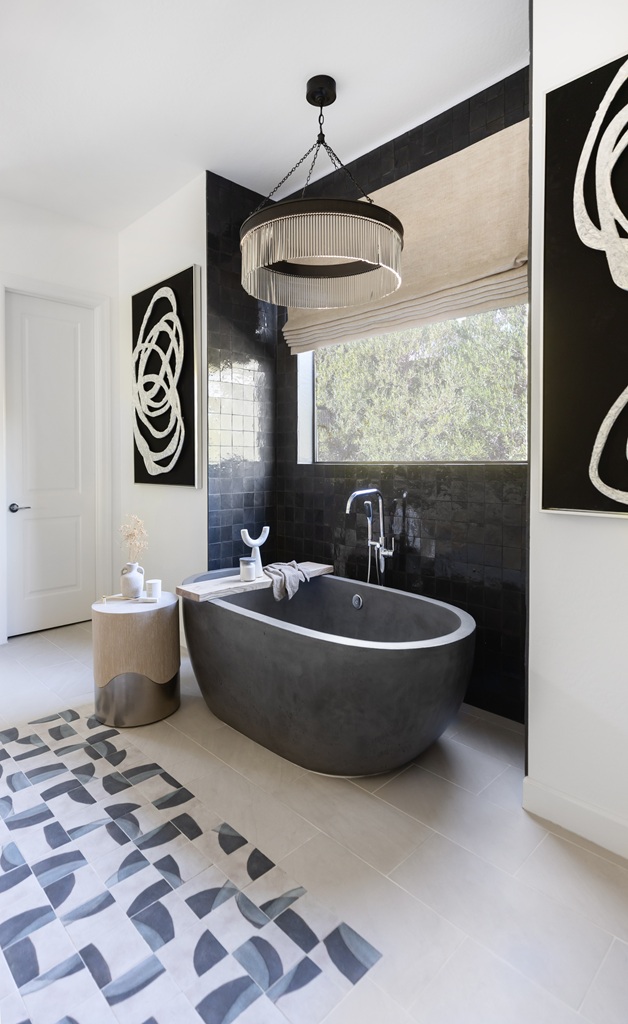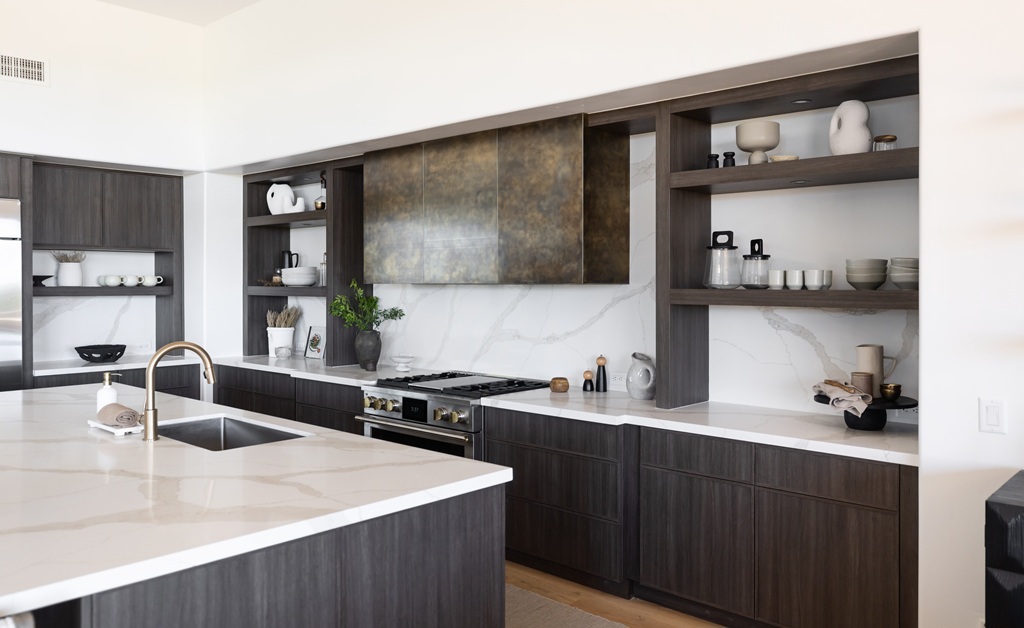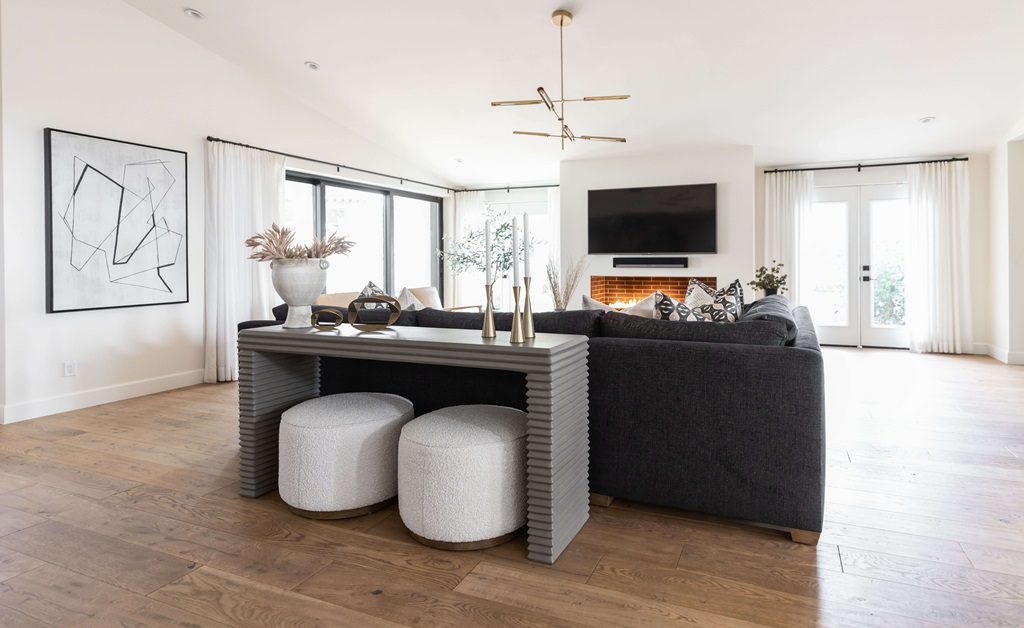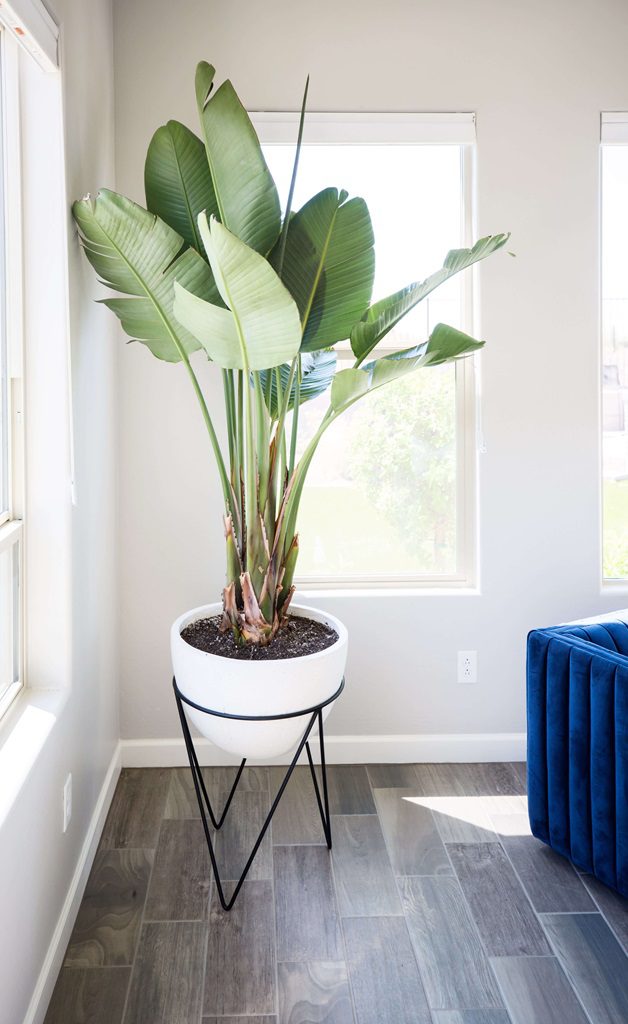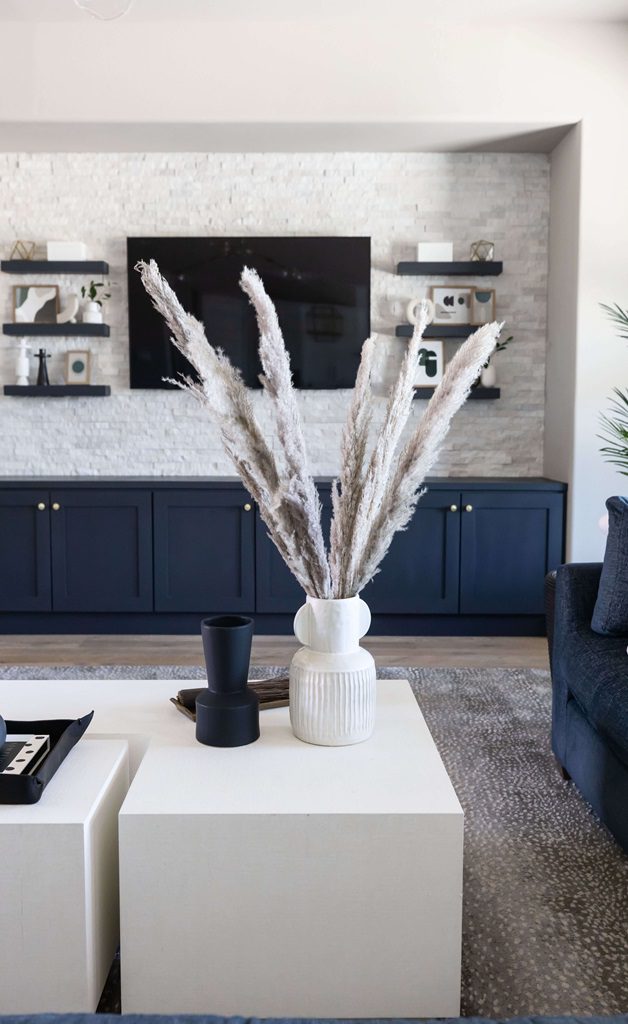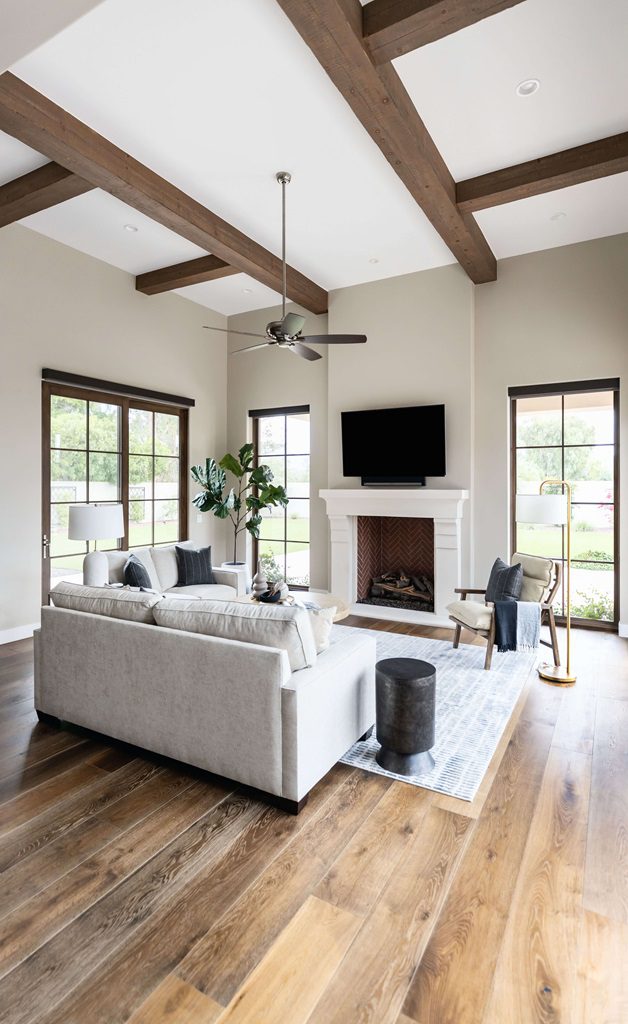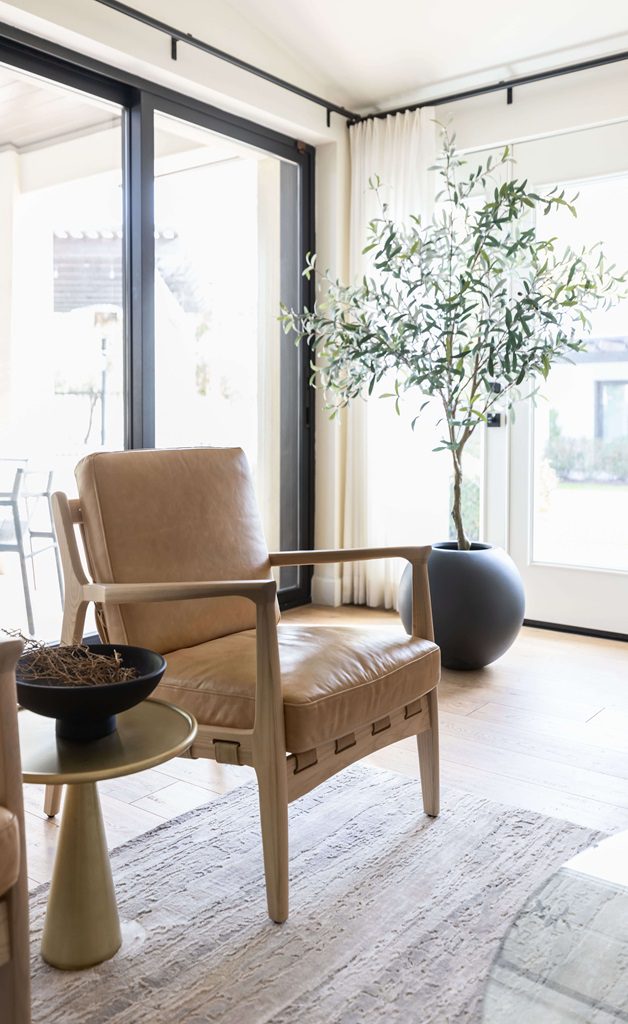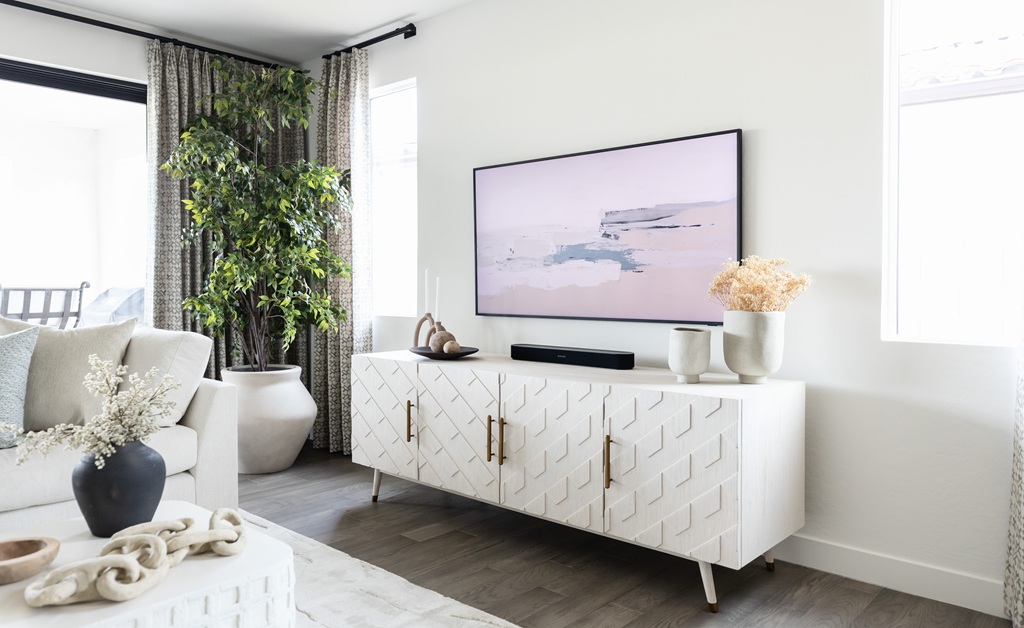
How Does Interior Design Affect Mood?
Did you realize that how your interior looks has an impact on your mood? From the wall colors to furniture placement, everything your design is doing impacts your state of mind when you are at home. How does interior design affect mood? We’re going to answer this today, and provide information on how to create a well-balanced and stimulating space.
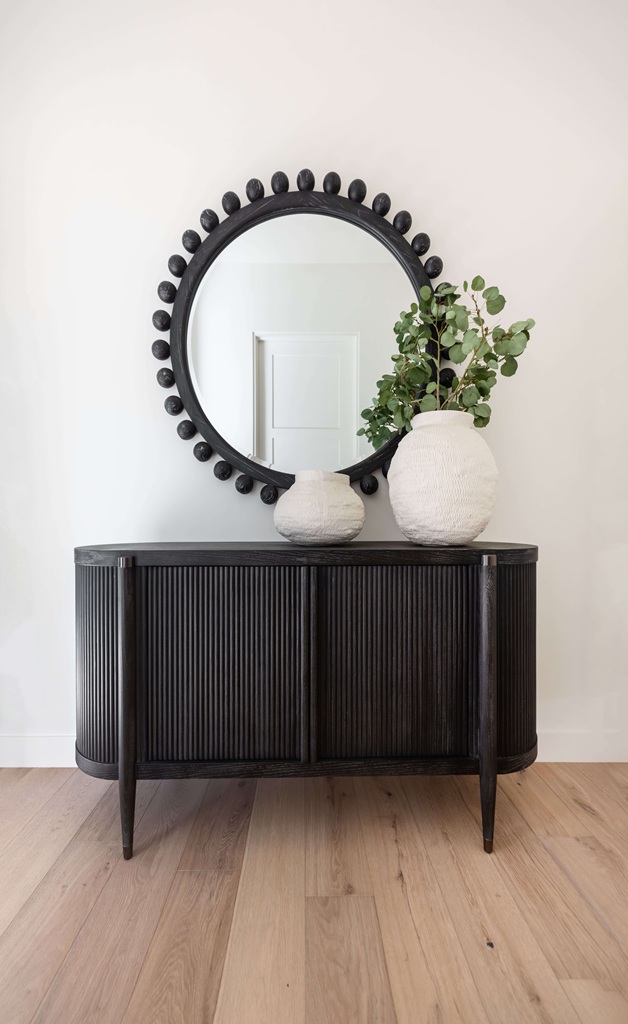
The Psychological Impact of Interior Design
Interior design is not just about looks—it’s also feeling. Studies have proven that the spaces we inhabit have a profound impact on how we feel and act. For instance, a messy space can stress and overstimulate us. Meanwhile, an open, airy space can yield serenity and concentration. Everything from interior design colors and moods to texture influences our senses and how we perceive and react to our space.
Environmental psychologists have proposed that a well-designed environment can boost productivity, better mental health, and even closer relationships with loved ones. Whether it’s the light that comes through a strategically placed window, the sense of softness, or a sense of balance in the design of a room, mood and home interior design can induce happiness and calmness.
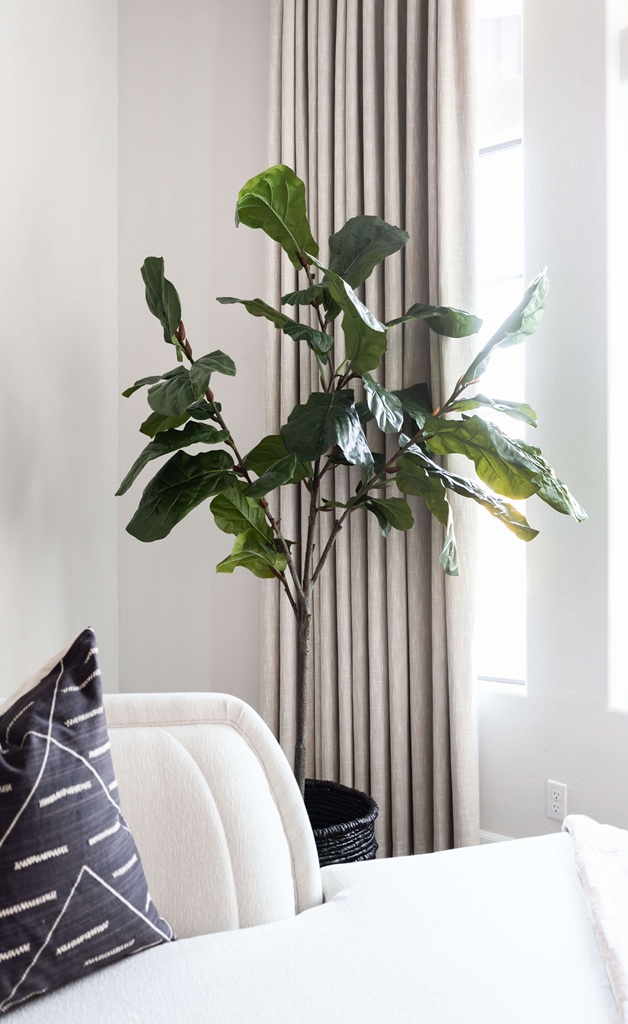
Design Elements That Positively Impact Mood
Some design elements have been found to produce good moods. Color is one of them. Oranges and yellows are warm colors that stimulate and get your juices going, while greens and blues create a soothing and calming atmosphere. Another key element is natural lighting—spaces filled with much sunlight are more stimulating, alive, and more interactive. Mirrors, placed windows, and sheer drapes are low-cost but effective means of preserving light.

Another mood-enhancing element is the incorporation of nature into your environment. Plants, wood and stone as natural elements, or even nature-themed paintings can be utilized to bring a sense of grounding and purity into the space. Symmetry and organization in the arrangement of furniture also create a sense of order and calm, making you feel more grounded and at ease in your own home.
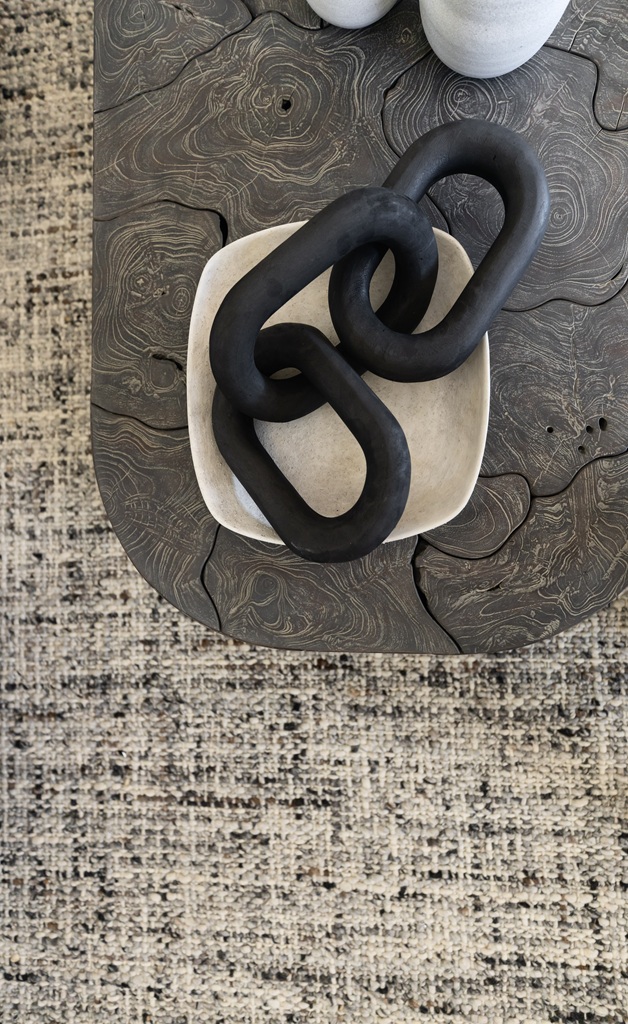
Textures also have the ability to soothe and uplift. Velvet pillows, soft plush rugs, or a glossy wood finish give a space a sense of tactile comfort and make it welcoming. And lastly, scent counts too—adding diffusers or candles with soothing scents like lavender or vanilla adds a welcoming touch, making your home a haven.
These simple steps can answer the question of how interior design affects mood and why certain design decisions have such a profound effect on daily life.
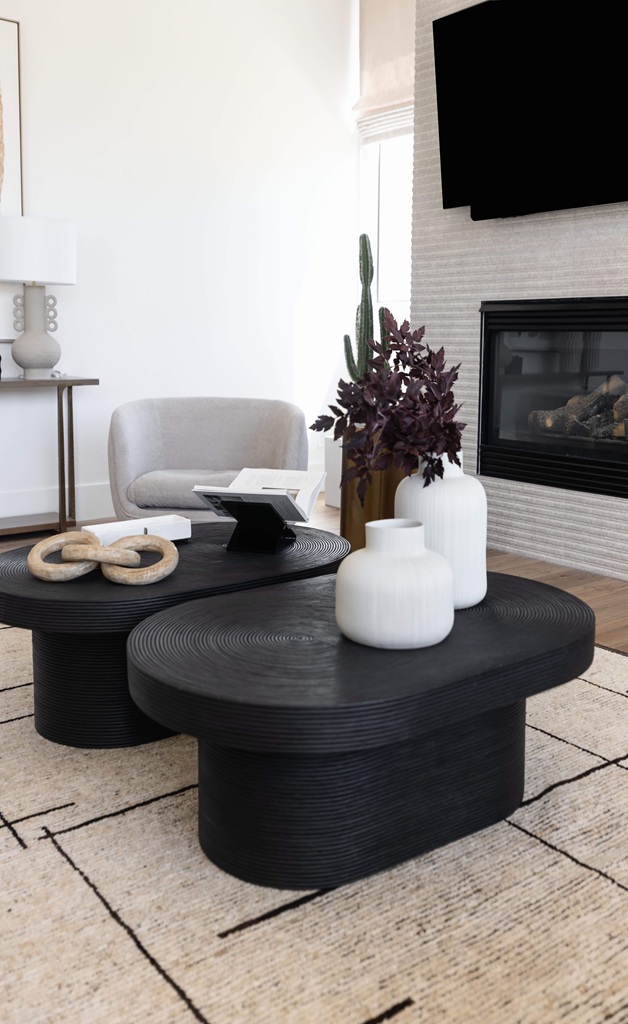
Design Elements That Negatively Impact Mood
While some design choices will have a beneficial impact on mood, others will have a negative impact on mood unconsciously. Clutter is the most frequent perpetrator. An area crowded with too many extras can look like a madhouse and trigger a rise in the pace of stress and a fall in productivity and concentration. This also ties into how room designs affect your work and mood overall.

Poor lighting is another feature that can spoil a room. Gloomy rooms are depressing and cause people to feel sad or drowsy. Furthermore, cold, bright fluorescent light is unforgiving and inhospitable, making the area less welcoming. Color errors can influence mood as well. Too busy or competing colors can be visual clutter, and too dark colors can be oppressive or claustrophobic, particularly in enclosed areas. And poorly sound-absorbing spaces or very resonant materials can be uncomfortable, particularly when someone is trying to relax.
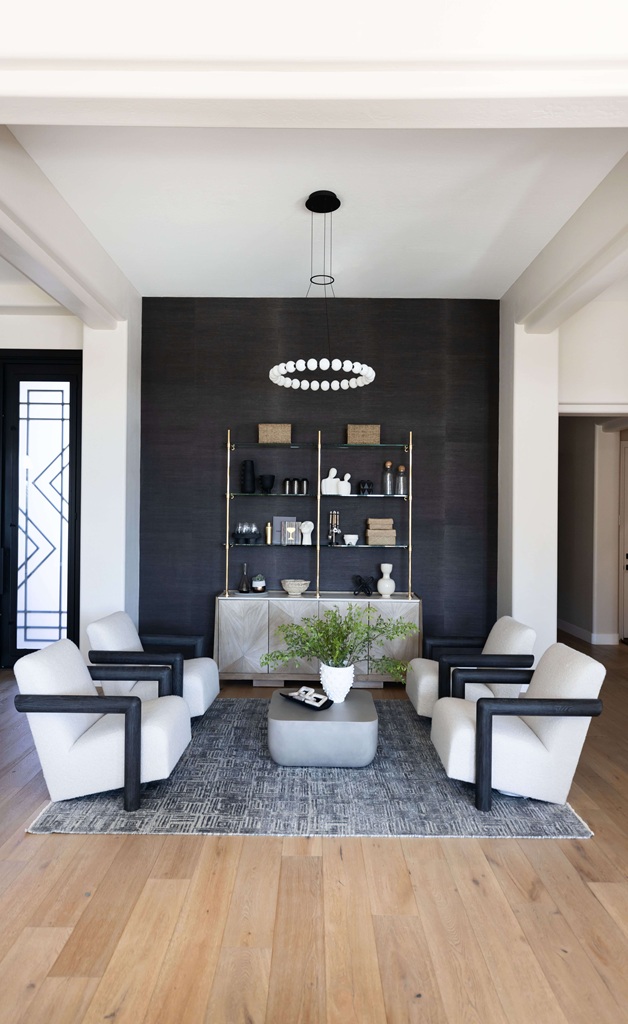
Finally, lack of attention to personal details can make your home feel clinical or isolated. As much as minimalism is a trend now, taking it to an extreme by excluding warmth and making spaces feel unpersonal and empty doesn’t work. Hiring an interior designer in Paradise Valley can help personalize your space while avoiding these common pitfalls.
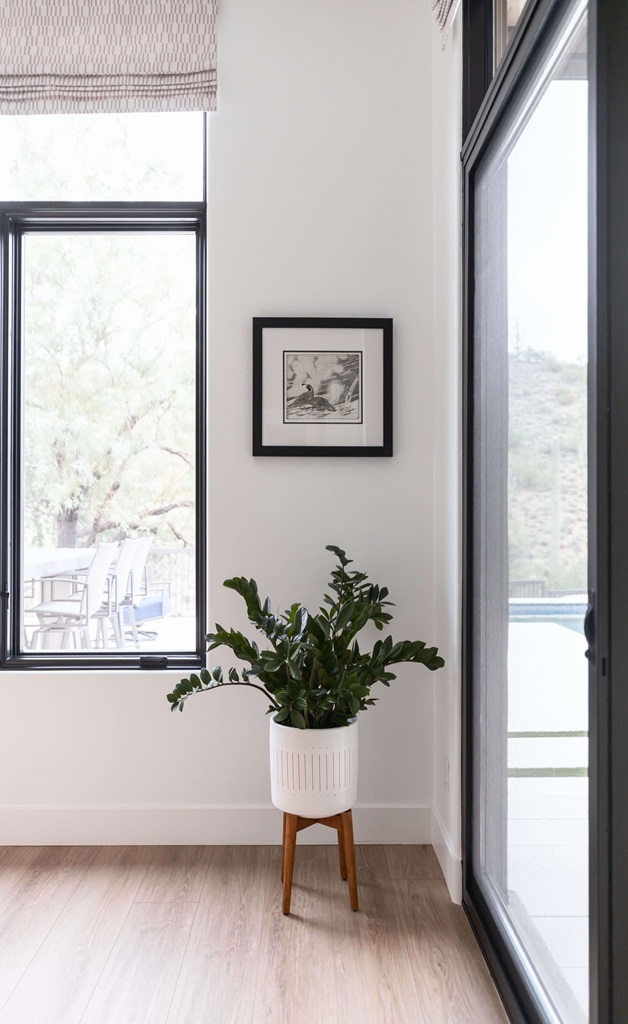
Designing for Happiness and Well-Being
Interior design is such a powerful method to affect our mood, it can create environments that emit optimism, comfort, and happiness. By focusing on details like light, color, and nature, and avoiding blunders like clutter and poor lighting, you can transform your home into a haven that welcomes and sustains you. Great design isn’t just a bonus for your space—it’s a bonus for your life. Ready to begin your mood-boosting makeover? Begin with small but powerful changes that respect your personality and emotional requirements.
Read More : Unlock Stylish Living: Interior Design Ideas for Living Rooms by Living With Lolo

Lauren Lerner is the founder of Living With Lolo, a nationally recognized Scottsdale interior designer and an Arizona licensed general contractor. She is celebrated for creating luxury homes that are warm, livable, and deeply personal, blending thoughtful design with seamless construction and curated furnishings. Recognized as one of Arizona’s top interior designers, Lauren has worked with celebrities, athletes, and executives across the country. Her work, known for its elevated yet inviting style, has been featured in multiple national publications. Guided by the belief that great design should feel as good as it looks, Lauren transforms houses into homes that truly reflect her clients’ lives.

